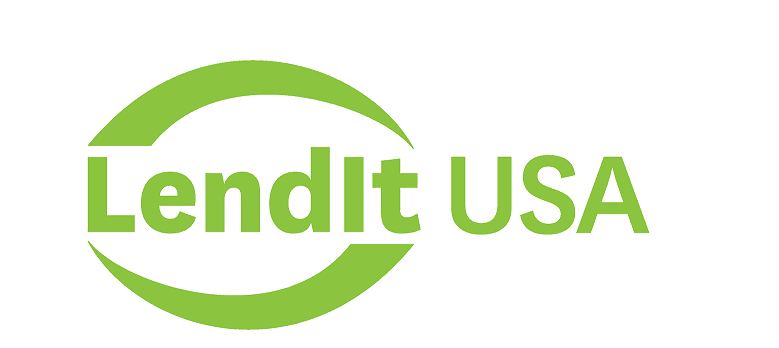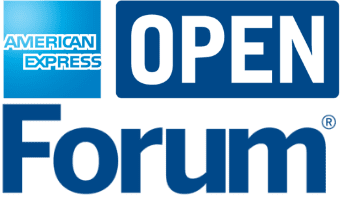Once approved and the deal goes live, most deals fund within a day (often within minutes to hours), so you’ll never miss another growth opportunity
SUPPLY
CHAIN
FINANCE
Supply Chain funding as low as 1% per month
Kickfurther funds up to 100% of your inventory costs at flexible payment terms so you don’t pay until you sell. Fund your entire purchase order(s) on Kickfurther each time you need more inventory so you can put your existing capital to work growing your business without adding debt or giving up equity.
- Often 30% lower cost than alternate lenders & factors
- Quickly fund $5,000,000+ in inventory
- Create a custom payment schedule (1-10 months)
- Fund inventory with no payments until revenue lands
Frequently asked Supply Chain Works questions
What is supply chain financing?
Supply chain financing, sometimes referred to as supplier finance or reverse factoring, is a funding solution that involves a third-party financing company serving as a middleman between a supplier and a business. This type of financial arrangement enables businesses to take advantage of more favorable payment terms and mitigate potential risks that may result in cash flow issues. Suppliers also benefit from supply chain financing as it allows them to receive payments ahead of time.
When done correctly, a supply chain financing agreement is a win-win solution for both businesses and suppliers as a third-party financing company closely monitors the transactions. This enables businesses to focus on their core expertise while optimizing their working capital.
How does supply chain financing work?
As mentioned above, supply chain financing involves three parties: a buyer, a third-party financing institution, and a supplier. Supply chain financing is usually triggered by a buyer issuing a purchase order, suppliers issuing invoices, or whenever goods are shipped from the supplier to a buyer. If you’re wondering how supply chain financing works, check out the example below:
- Before an agreement happens, both the buyer and the supplier needs to undergo a due diligence process to determine if both parties are eligible to access this type of financing product
- Once the due diligence process and both parties have been deemed eligible, a buyer would then enter into an agreement with a financial institution that provides supply chain financing services
- Supply chain financing is then triggered when a supplier sends their invoice to a buyer
- Once the invoice has been approved and payment terms have been agreed upon, the third-party financing company will then advance a portion of the supplier’s payment
- At maturity, the buyer is required to pay the full amount to the third-party financial institution
- Once the full amount has been received, the financial institution will then pay the remaining balance to the supplier
While this may sound like an oversimplification of the supply chain financing process, it’s a great start for owners that are interested in using supply chain financing as a strategy to streamline their cash flow management processes. It’s the perfect arrangement for all parties as the buyer can negotiate the payment’s terms, the supplier gets their money in advance, and financing companies can take advantage of discounted rates. For a more concrete example of how supply chain financing works, check out the next section.
Example of supply chain financing:
If you’re still unsure about how supply chain financing works, here’s an example:
- Let’s say that company X buys goods from supplier Y.
- Supplier Y issues an invoice to company X with a specified payment date (could be 30, 60, or 90 days)
- Once company X approves the invoice, financial institution Z will then send a portion (usually 80%) of the payment to supplier Y
- At maturity, company X then pays the total amount to financial institution Z
- Financial institution Z will then pay the remaining amount to supplier Y to complete the transaction
Why use supply chain financing?
Supply chain financing is available to most companies as long as they meet the necessary criteria. Typically, companies that use supply chain financing are those in the manufacturing or distribution industries. This type of financing option helps them fund various operations while keeping their working capital at a healthy level. If you’re wondering whether your company will be able to qualify for supply chain financing, here are some of the most common qualification requirements you should know about:
- Must be in business for more than two years
- Must have excellent credit rating
- Must be able to provide proof of good financial standing
- Must have great relationships with your suppliers
What are the advantages of supply chain financing?
For suppliers:
- Suppliers receive payment for their invoices earlier
- Better way of obtaining additional funding with lower associated costs
- Win-win solution for all the parties involved
- Improved cash forecasting accuracy
For businesses:
- Ability to leverage assets to improve cash flow
- Less costly financing alternative compared to other asset-based loans
- Allows businesses to better manage their supply chain
- Allows businesses to mitigate risks associated to supply chain management
- Supply chain financing supports business growth
Are there disadvantages to using supply chain financing?
As mentioned above, supply chain financing is a rare win-win solution for all parties involved. However, there are a few disadvantages to supply chain financing that businesses and suppliers may want to consider. Here are some of them:
- Not all companies may be eligible to avail of supply chain financing solutions
- Financing can only be used to purchase products or raw materials
Are there alternatives to supply chain financing?
The reality is that supply chain financing may not be compatible with all businesses. This type of financial product may prove to be difficult to acquire for businesses that haven’t been in operation for long or businesses that may not have the best credit score. The good news is that there are other financing options available out there that may be a better fit for your business’s unique needs. Let’s talk about alternatives to supply chain financing:
Traditional term loans
Term loans are simply loans from financial institutions such as banks, credit unions, and online lenders. What makes a term loan ideal is that it has a fixed repayment schedule that borrowers need to pay back with interest. This makes monthly costs more predictable and enables businesses to better manage their cash flow. The only downside is that this type of loan may only be available for more established businesses as businesses with bad credit or poor cash flow may not be able to qualify for its requirements.
Business lines of credit
A business line of credit works best if your business requires regular access to additional funding. Like term loans, lines of credit are offered by banks, credit unions, and other traditional financial institutions. Typically, lenders approve a specified amount of revolving funding for businesses to access as needed. The biggest advantage of a line of credit is that borrowers only pay interest on the amount that they have borrowed rather than the whole available amount.
Business credit cards
Similar to lines of credit, business credit cards enable businesses to access a revolving line of credit to finance various types of business expenses. One huge advantage to using a business credit card is that borrowers can take advantage of perks, points, and cash-back rewards. However, you may want to think twice before availing a business credit card as this type of financing option does not have the most flexible payment terms.
Kickfurther
Kickfurther funds up to 100% of your inventory costs on flexible payment terms that you customize and control. With Kickfurther, you can fund your entire order(s) each time you need more inventory and put your existing capital to work growing your business without adding debt or giving up equity.
Why Kickfurther?
No immediate repayments: You don’t pay back until your new inventory order begins selling. You set your repayment schedule based on what works best for your cash flow.
Non-dilutive: Kickfurther doesn’t take equity in exchange for funding.
Not a debt: Kickfurther is not a loan, so it does not put debt on your books. Debt financing options can sometimes further constrain your working capital and access to capital, or even lower your business’s valuation if you are looking at venture capital or a sale.
Quick access: You need capital when your supplier payments are due. Kickfurther can fund your entire order(s) each time you need more inventory.
Kickfurther puts you in control of your business while delivering the costliest asset for most CPG brands. And by funding your largest expense (inventory), you can free up existing capital to grow your business wherever you need it – product development, advertising, adding headcount, etc.
Where you've seen us


- Create Your online account Create a business account, upload your business information, and launch your deal
- Get funded within minutes to hours Once approved, our community funds most deals within a day, often within minutes to hours, so you’ll never miss another growth opportunity.
- Control your payment schedule We pay your manufacturer to produce inventory. Make the introduction and you’re off and running! Outline your expected sales periods for customized payment terms. At the end of each sales period, submit sales reports and pay consignment profit to backers for each item sold.
- Complete and repeate Complete your payment schedule and you’re done! Often once the community knows you, you’re likely to get lower rates on your next raise.
See Who Else We’ve Helped
Frequently asked questions
Not seeing your questions here? Please feel free to reach out!
How does inventory financing with Kickfurther work?
Brands access funding for new inventory (or can get reimbursed for recently produced goods) from marketplace participants. The marketplace allows brands to access private funding at costs that improve can improve with each use. Your funding goes directly to your manufacturer for production of goods and you makes no payments until you receive and begin selling new inventory
How can I create a new Kickfurther co-op?
Launching a project involves 3 key steps:
○ Create a basic profile including information about your business and product line. Once you’ve done this you can go live with an “upcoming Co-Op” profile that users can choose to follow to hear when your Co-Op launches.
○ Determine your Co-Op structure using the Kickfurther calculator to determine costs, earnings, and timeline.
○ Verify your Credibility Metrics with the Kickfurther team and finalize your Co-Op profile.
How fast will I get funded?
Does Kickfurther fund all deals?
Your business must be compliant with State and Federal regulations and have an established track record of sales. Kickfurther is for inventory financing so you must have a physical product. Finally, all businesses are subject to approval by the Kickfurther quality team


